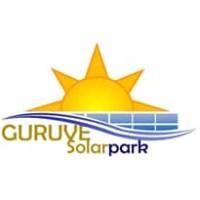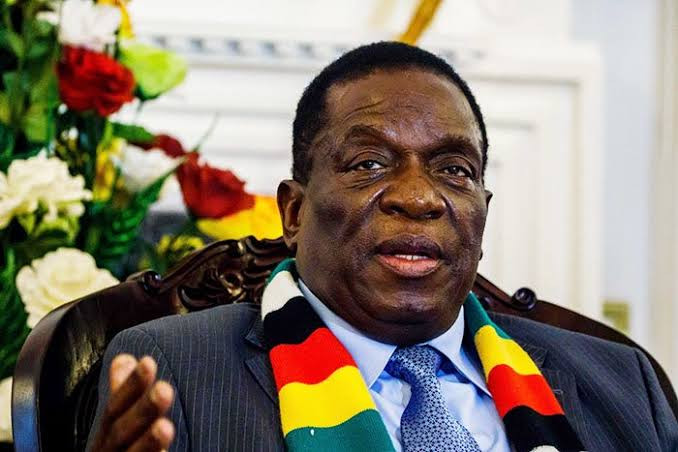
RENEWABLE energy remains at the centre of the alternative investments space given climate change concerns and the energy revolution happening globally.
This trend has translated into rapid renewable energy commercialisation and considerable industry expansion, of which the solar photovoltaic (PV) industry is a good example.
According to Bloomberg New Energy Finance, global power demand is expected to grow by 2% per year or 58% between now and 2040.
To accommodate the increasing demand, US$10,2 trillion is estimated to be invested in new power generating capacity worldwide.
It is expected that US$7,4 trillion (72%) of investments are in renewables of which 38% in solar PV, equivalent to US$2,8 trillion or approximately US$110 billion of annual investments towards 2040.
Looking at the Zimbabwean context, renewable energy (including solar) exhibits massive potential given the significant demand for energy. It should be highlighted that Zimbabwe's installed electricity generation capacity stands at 2 300MW.
However, the actual power generation capacity hovers around 1 400MW, falling short of the peak demand of approximately 1 700MW and a winter peak maximum demand of around 2 200MW.
This shortfall during peak periods amounts to approximately 1 000MW. In August 2019, Zimbabwe introduced the National Renewable Energy Policy with the primary objective of establishing a comprehensive framework to foster the growth and utilisation of renewable energy sources within the country.
- Renewables steal limelight in French polls
- Why we do what we do at AMH: Mafukidze
- Why we do what we do at AMH: Mafukidze
- News in depth: Zimbabwe’s push for shift to renewable energy sources gathers momentum
Keep Reading
The nation aims to achieve a renewable energy capacity of 1 100 MW by 2025, constituting 16,5% of the total electricity supply. Further, Zimbabwe aspires to elevate this capacity to 2 100 MW, representing 26,5% of the electricity supply by 2030.
As part of our efforts to identify opportunities in the Solar PV Farms space, we visited Guruve Solar Park, a licenced Independent Power Producer (IPP).
Guruve Solar Park has a 25-Year Power Purchase Agreement (PPA) with the Zimbabwe Electricity Transmission and Distribution Company (ZETDC).
To date, Guruve Solar commissioned 5,5 MW Transmission infrastructure and 2,5MW Solar Panels side, which has been feeding power into the grid since March 1 2023. The solar farm operates on 40 hectares of flat land on a lease from the Guruve Rural District Council.
The promoters have a mission is to be the leading developer of rural solar photovoltaic plants (grid and off-grid systems) and biogas energy solutions in Zimbabwe and surrounding countries.
Overall, the investment case in Solar PV Farms, such as Guruve Solar Park remains solid given:
A strong and sustainable investor return profile over the long term,
The potential for additional revenues from carbon credits and
The opportunity to support sustainable sources of power.
That said, a key concern amongst investors has been the issue of guaranteeing a USD-tariff in cases when the Zimbabwe Electricity Transmission and Distribution Company (ZETDC) is the off-taker.
The issue of tariffs has been a major deterrent amongst investors given uncertainties around the currency regime.
Generally, investments in generation plants are long-term and therefore require policies that guarantee to the investors that their investments are secure and that the utilities will honour their obligations.
In response to the investor concerns, the Government of Zimbabwe announced the introduction of Government Implementation Agreements (GIA) for IPPs in February 2023.
The GIA is meant to ensure that IPPs that would have met a certain criterion are guaranteed economic tariffs. Under the agreement, the government guarantees availability of foreign currency and security of the investment.
In fact, the GIA includes a project development support agreement, a power purchase agreement, and an agreement with the Reserve Bank of Zimbabwe (RBZ) for guaranteed payments of dividends and foreign loan repayments to external investors and lenders.
In our view, the GIA is a “game changer” in the power sector at large.
As financiers in the space, we have a strong pipeline of Solar PV Farms that are undergoing GIA assessment. An interesting one is Ruzawi Solar Park, a 5,0MW solar photovoltaic project in Marondera, Mashonaland East Province.
- Matsika is a corporate finance specialist with SwitzView Wealth Management. — +263 78 358 4745 or batanaim@switzview.com.






